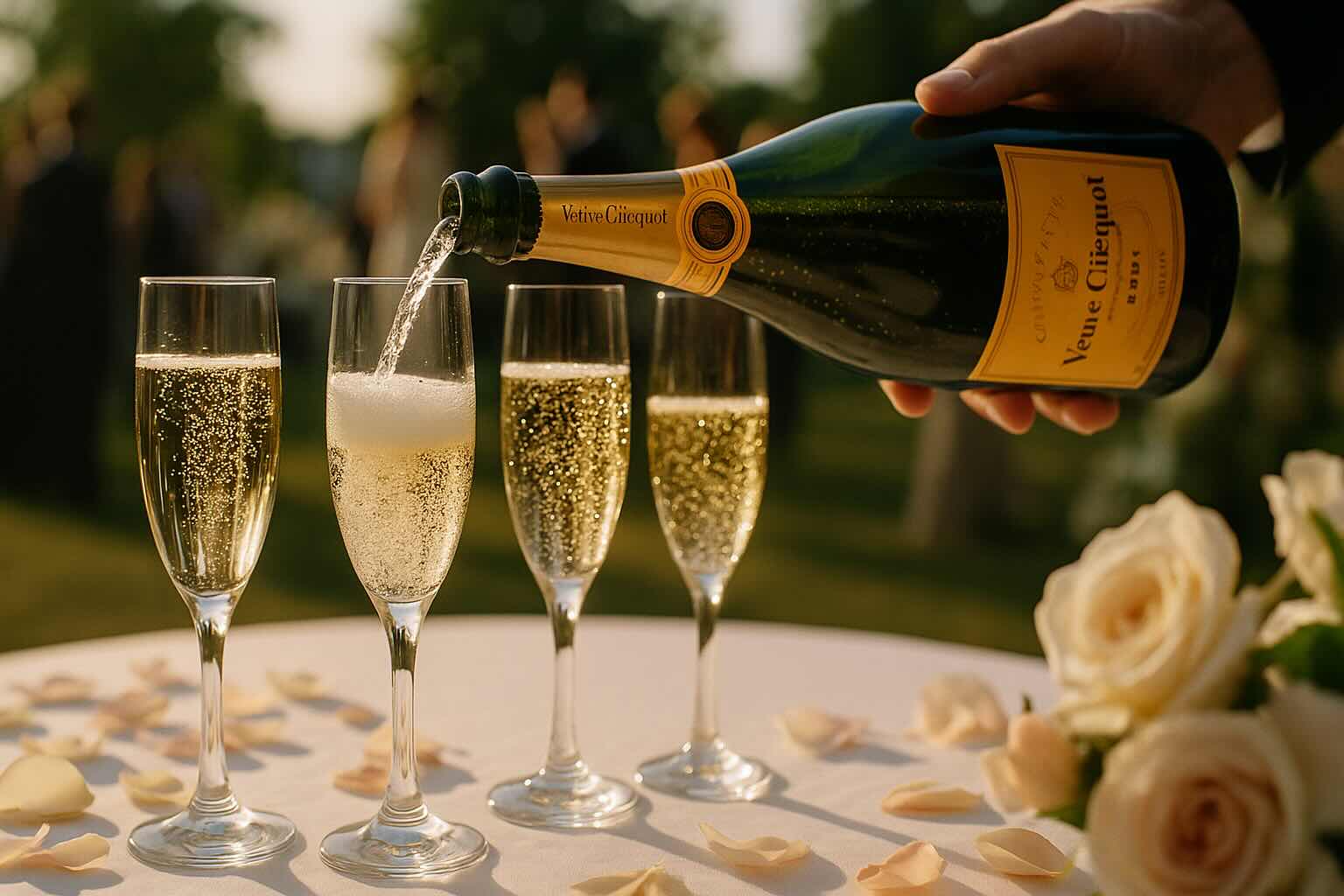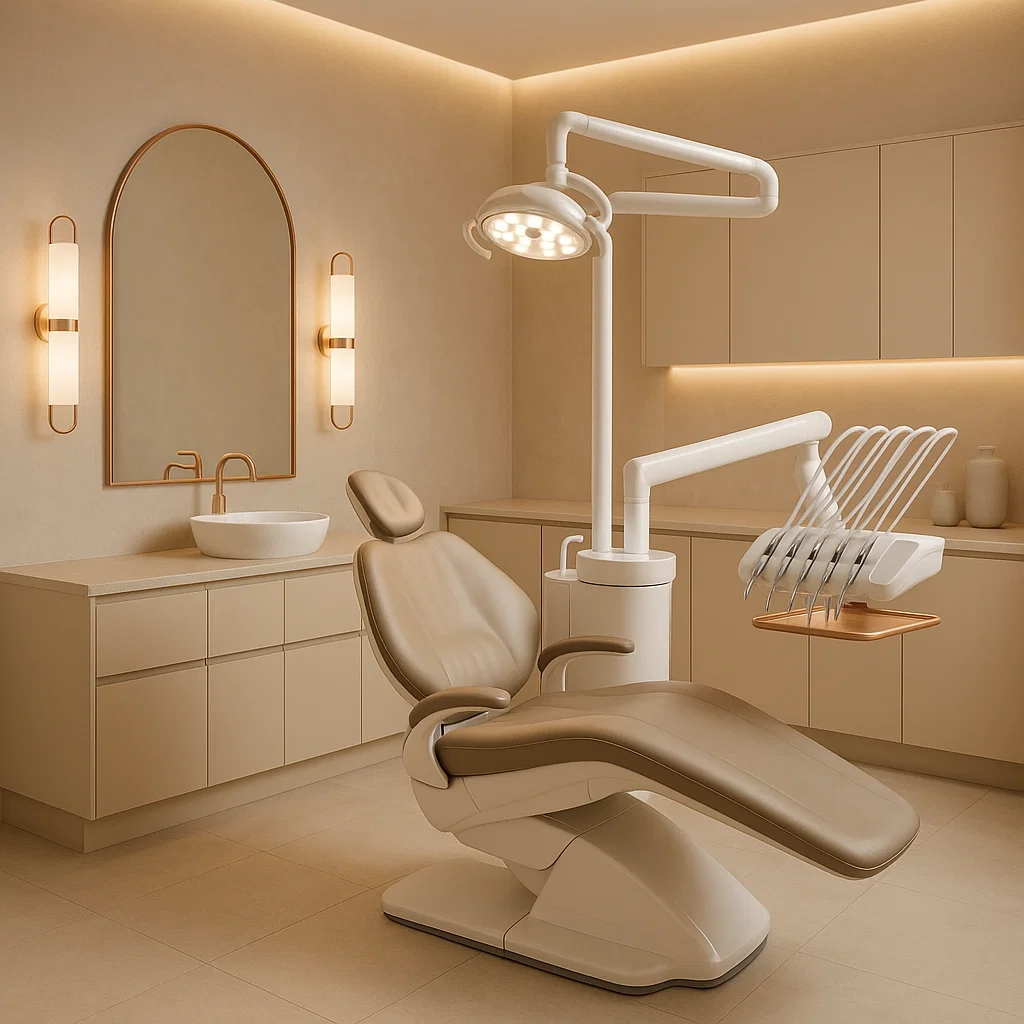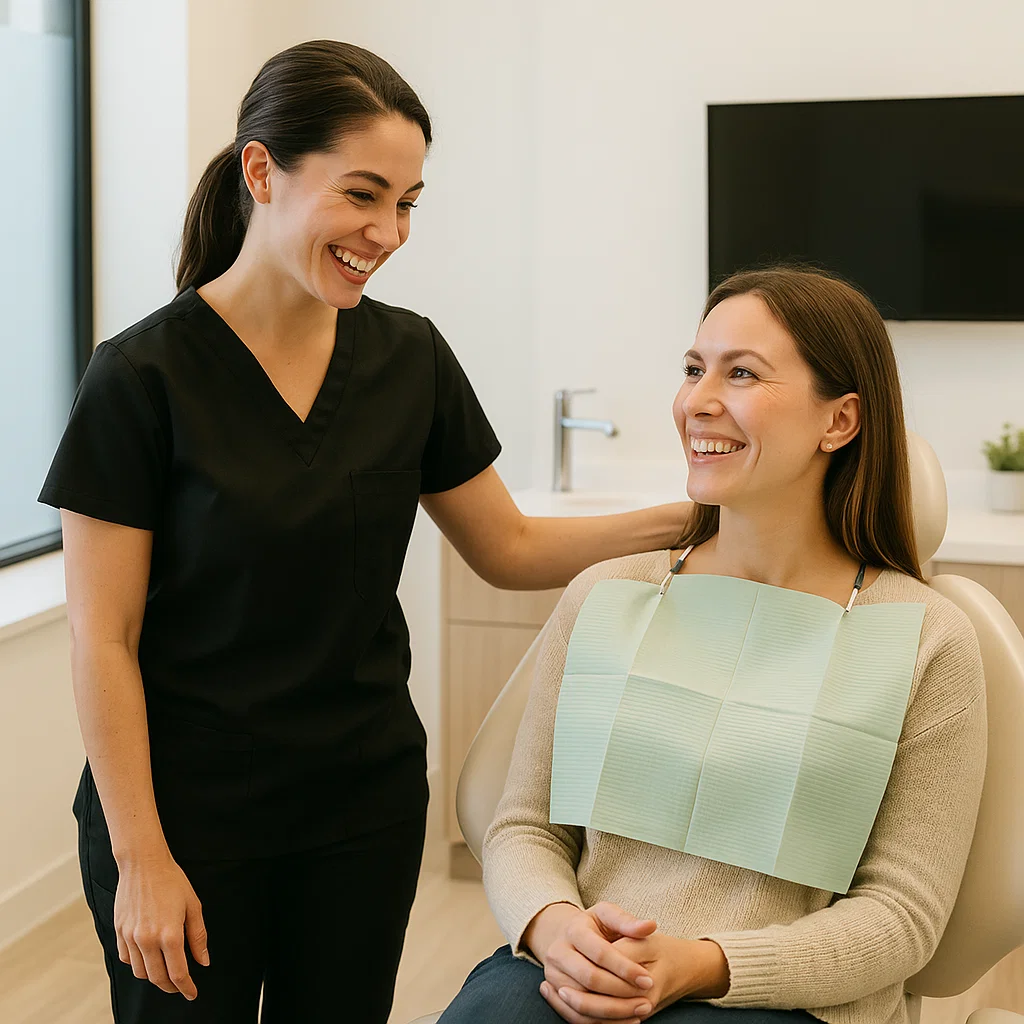
Few things feel as celebratory as the pop of a champagne cork. Whether it’s a wedding toast, a holiday dinner, or a well-earned weekend treat, champagne and sparkling wine feel elegant, refined, and harmless compared to cocktails or sugary sodas.
But here’s the part most people don’t realize: those joyful bubbles are secretly acidic. The carbonation, sugar, and citrusy undertones combine to soften enamel and feed bacteria—leaving your smile slightly more vulnerable after every sip. The damage doesn’t appear overnight, but over time, it can dull enamel, increase sensitivity, and invite stains that no amount of whitening can fully reverse.
The fizz that makes champagne sparkle comes from carbon dioxide, which turns into carbonic acid in your mouth. That acid weakens enamel, especially when combined with sugar or citrus notes found in most sparkling wines.
The result?
📊 The pH of champagne averages around 3.0—similar to soda and more acidic than orange juice.
Even “dry” or “brut” champagne isn’t completely sugar-free. Residual sugars feed oral bacteria, which produce even more acid long after you’ve finished your glass.
That leads to:
📊 A single glass of champagne can contain up to 1–2 teaspoons of sugar, depending on the type.
While not as dark as red wine, sparkling rosé and prosecco can gradually tint enamel. When enamel becomes porous from acid exposure, pigments cling more easily—dulling your smile’s brightness over time.
The result?
📊 Acidic beverages increase pigment absorption in enamel by up to 60%.
Champagne and sparkling wine don’t feel dangerous in the moment—they feel elegant, social, and refined. But the same bubbles that make them festive quietly erode your enamel and feed bacteria. By making small adjustments, you can enjoy your celebrations without letting your smile pay the price.
Is champagne worse than red wine for teeth?
It’s different—champagne is more acidic, while red wine stains more. Both can damage enamel if overused.
Does sugar-free sparkling wine exist?
Yes, “brut nature” or “zero dosage” labels indicate minimal sugar, which is safer for enamel.
Can I brush right after drinking champagne?
No. Wait at least 30 minutes for enamel to re-harden before brushing.
Are mimosas bad for teeth?
Yes—orange juice adds extra acid, making mimosas one of the most enamel-softening drinks.
What’s the best post-toast routine?
Rinse with water, chew sugar-free gum to boost saliva, and brush later with fluoride toothpaste.
At KYT Dental Services, we understand that life’s special moments deserve to be celebrated—without compromising your smile. Our approach focuses on prevention and protection: enamel-strengthening treatments, professional cleanings, and gentle whitening that restore brightness safely after life’s indulgences.
Whether it’s a champagne toast or a sparkling brunch, we help you enjoy the moment with confidence—because your smile deserves to shine as brilliantly as your celebrations.
✨ Because every toast should sparkle on your lips, not dull your enamel.





